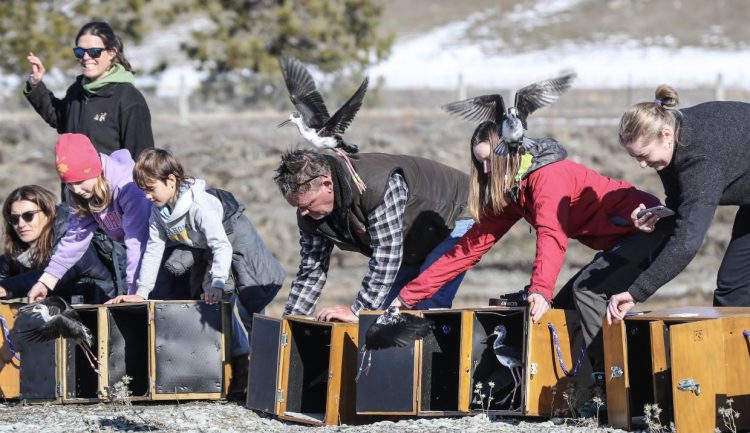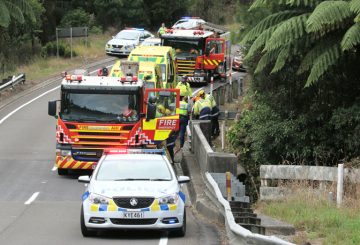Good news for one of the world’s rarest birds! On Saturday, 80 kakī (black stilt) were released at Lake Takapō/Tekapo. This is part of the Department of Conservation’s (DOC) Kakī Recovery Programme, which aims to help the bird population grow. Over the next week, 160 young kakī will also be released.
Claudia Mischler from DOC said these young birds were born in captivity in Twizel. She called the release “the first day of their new life” and explained that the programme works to increase wild kakī numbers. They collect eggs in summer, raise the chicks in a facility, and then release them in late winter for a better chance of survival.
Mischler expressed joy about the release, saying it shows the results of their hard work. She highlighted the importance of local landowners in supporting their efforts by allowing access to farms for finding breeding birds.
After Saturday’s release, additional kakī will be sent to the Tasman Valley next week, depending on weather conditions. Currently, two birds are being treated at the Dunedin Wildlife Hospital and may be released soon.
The captive rearing takes place at DOC’s Twizel facility and the Isaac Conservation and Wildlife Trust in Christchurch. For the next few weeks, staff will help the newly released kakī learn to find food in their new home. Eight birds will stay in captivity to help ensure genetic diversity for future breeding.
The number of adult kakī in the wild is now 169, which is slowly increasing. This year, there were 41 breeding pairs, compared to only 17 a decade ago. However, kakī face threats from predators, and only about 30% of released birds survive to adulthood.
To protect them, extensive trapping is done in the Mackenzie Basin as part of the Te Manahuna Aoraki and Project River Recovery programmes, with help from local landowners. The next focus of the programme is to research the causes of bird deaths and find ways to improve their survival rates.





























































